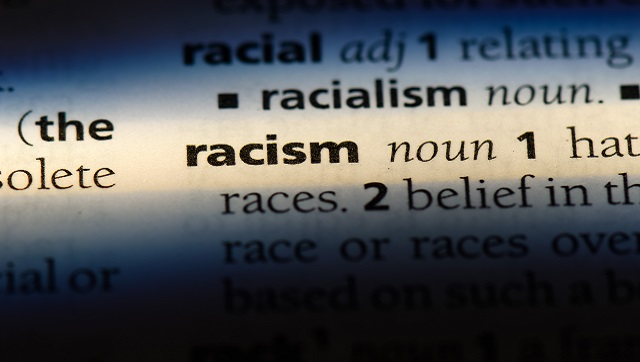As the teaching of Critical Race Theory in US schools has become the latest flashpoint in the American culture wars, the focus is on how systemic or structural racism impacts individuals’ lives at nearly every level in society — from access to resources such as housing, education and healthcare to employment opportunities and income levels, to treatment from law enforcement, to name just a few. In September 2020, The Associated Press Stylebook released a statement explaining guidelines for using the term ‘structural racism’, as also ‘systemic’ or ‘institutional’ racism. “The terms systemic racism, structural racism and institutional racism refer to social, political and institutional systems and cultures that contribute to racial inequality in areas such as employment, health care, housing, the criminal justice system and education. Avoid shortening this use to simply racism, to avoid confusion with the other definition (a doctrine asserting racial differences in character, intelligence, etc., and the superiority of one race over another, or racial discrimination or feelings of hatred or bigotry toward people of another race). Some use the term racist to refer to anyone who benefits from systemic racism and doesn’t actively work to dismantle it. Avoid this use unless essential in a direct quotation; if used, explain it,’ the AP guidelines observed. What it is ‘Institutional racism’ was first defined in 1967, by political activists Stokely Carmichael and Charles Vernon Hamilton. It is understood as the “processes, attitudes and behaviour(s) which amount to discrimination through unwitting prejudice, ignorance, thoughtlessness and racist stereotyping which disadvantage minority ethnic people”. Analysing the interconnected relationship between institutional and structural racism, Vini Lander, Professor of Race and Education at Leeds Beckett University, writes in The Conversation, “Institutional racism relates to… the institutions of education, criminal justice and health. Structural racism refers to wider political and social disadvantages within society… In plain terms, structural racism shapes and affects the lives, wellbeing and life chances of people of colour. It normalises historical, cultural and institutional practices that benefit white people and disadvantage people of colour. It also stealthily replicates the racial hierarchy established more than 400 years ago through slavery and colonialism…Structural racism is enforced through institutional systems like seemingly neutral recruitment policies, which lead to the exclusion of people of colour from organisations, positions of power and social prominence.” How it works Calling structural racism the silent opportunity killer, the The Center for Social Inclusion and The Philanthropic Initiative for Racial Equity highlight the ways in which institutions, policies, and practices interact to amplify preexisting racial disparities: “For example, a government agency decides that low-income housing must be built, which will house low-income Blacks and Latinos. It fails to look for locations near jobs and important infrastructure, like working schools, decent public transportation, and other services. In fact, it is built in a poor, mostly Black and Latino part of town. When the housing is built, the school district, already under-funded, has new residents too poor to contribute to its tax base. The local government spends its limited resources on transportation to connect largely white, well-to-do suburban commuters to their downtown jobs. The public housing residents are left isolated, in under-funded schools, with no transportation to job centers. Whole communities of people of color lose opportunities for a good education, quality housing, living wage jobs, services and support-systems. In this example, no one individual stands in front of the doorway to a better life and says, ‘No Blacks/Latinos/ Native Americans/Asians allowed’. Race, however, is the unspoken motivator behind a series of actions which lead to decisions about where to place the walls.” Why it must be recognised Recognising that structural racism exists, and just how deep its roots go, is the first step in challenging its impact. In other words, ‘we need to stop denying racism, [to] start dismantling it,’ the UN’s human rights chief Michelle Bachelet recently observed. As Professor Vini Lander concludes: “If structural and institutional racism can’t be explained away by the idea that people of colour simply don’t work hard enough… it’s apparent that society needs alternative solutions. One of which is accepting not only that racism exists, but that it’s much more far-reaching than it seems to white people. We can’t eradicate these forms of racism without courage, commitment and concerted efforts from those in positions of power.”
Recognising that structural racism exists, and just how deep its roots go, is the first step in challenging its impact.
Advertisement
End of Article


)
)
)
)
)
)
)
)
)



